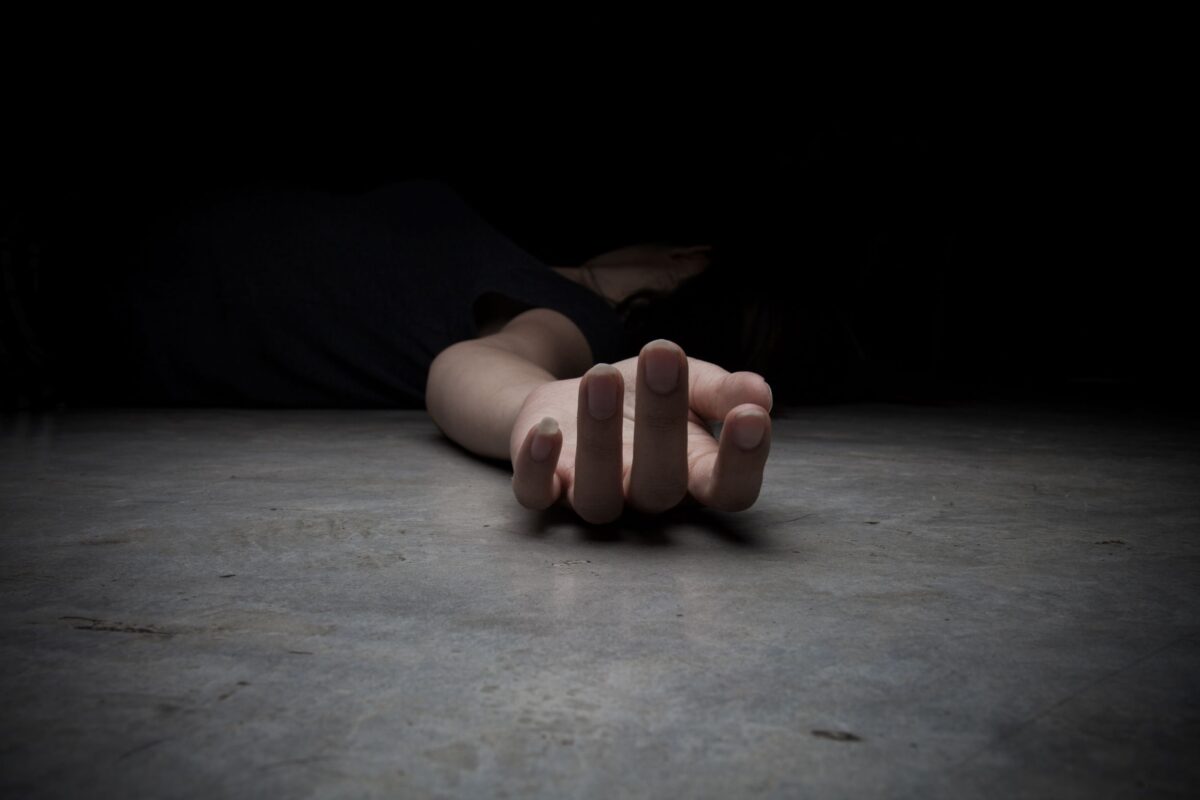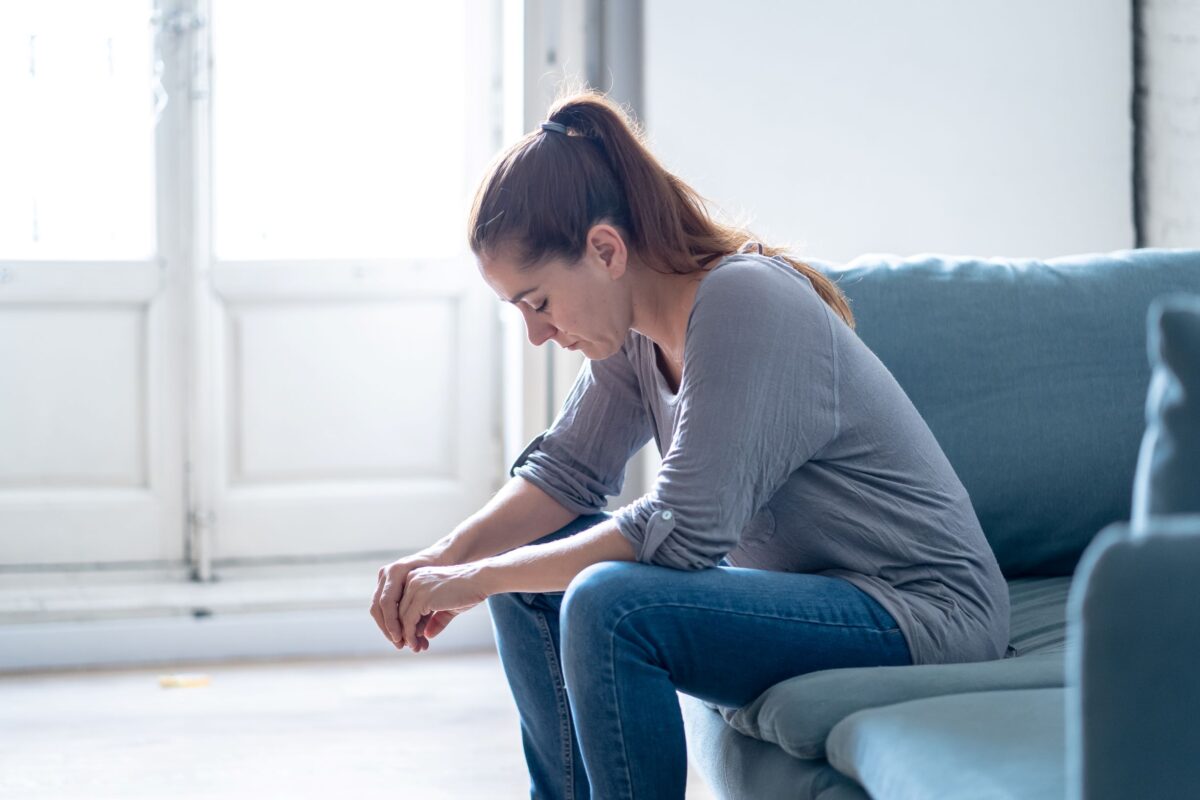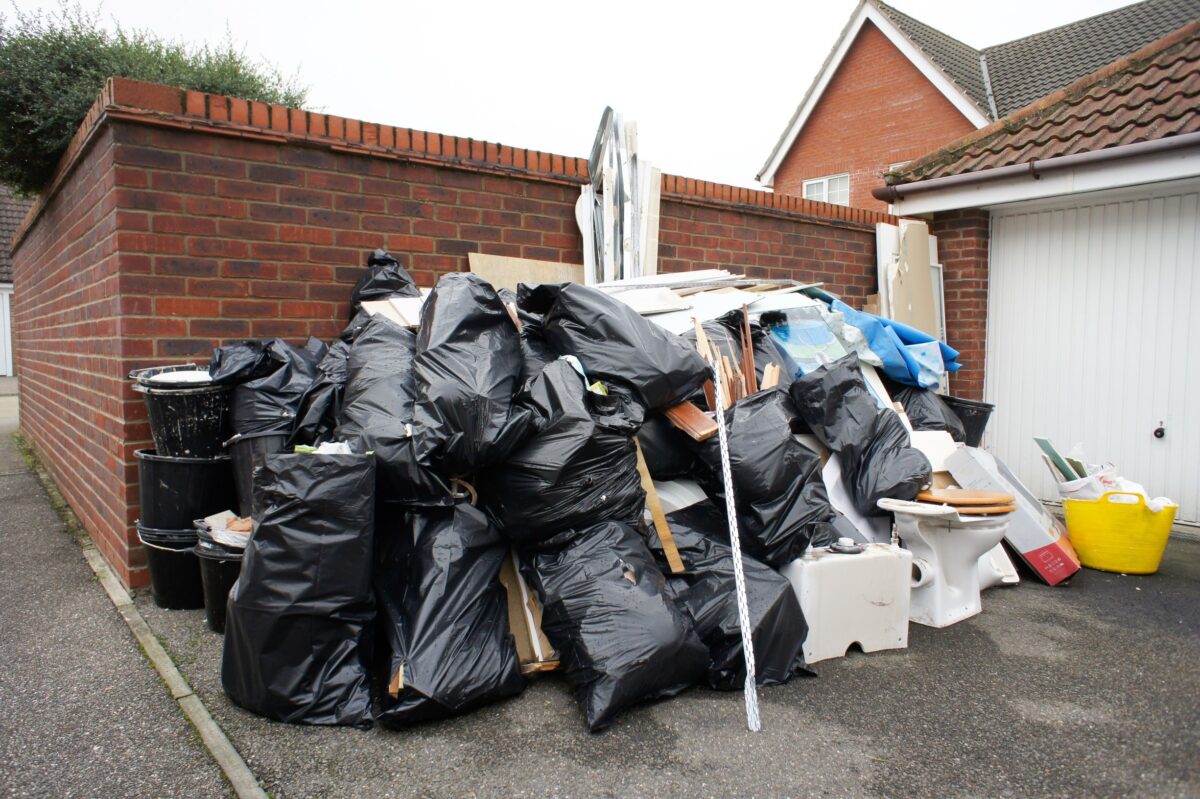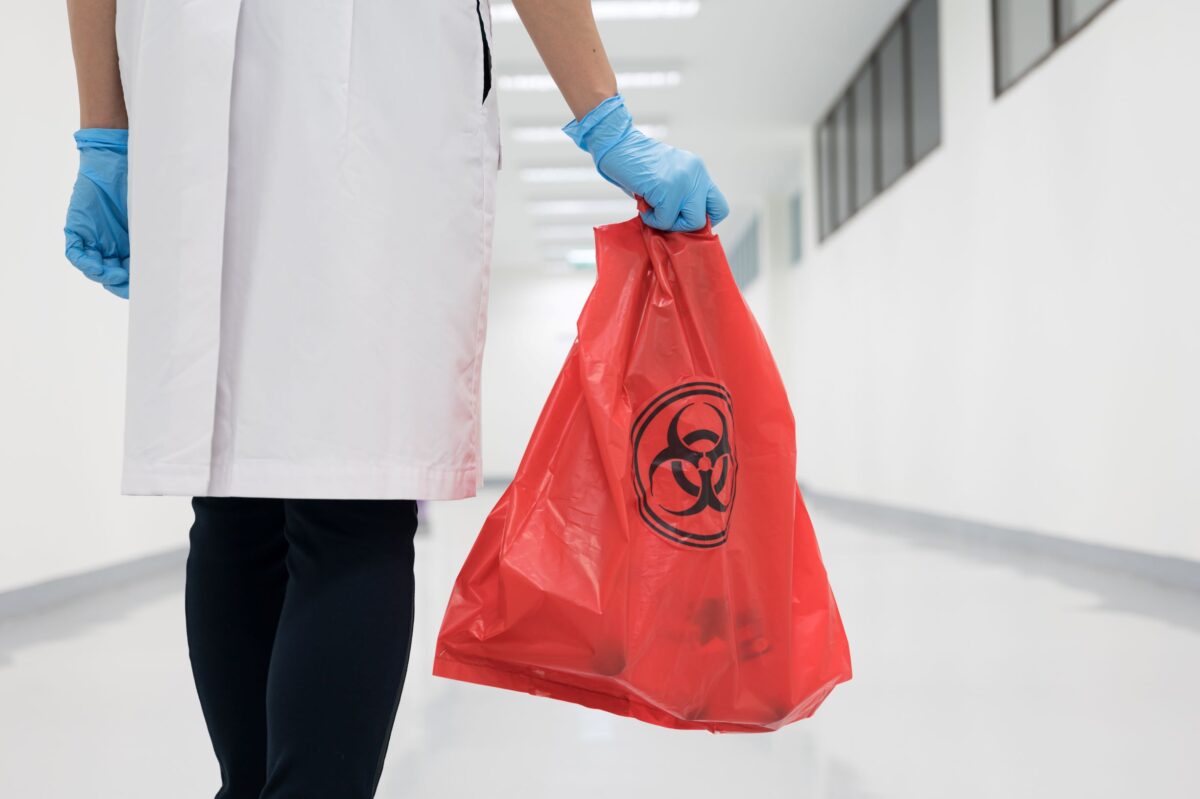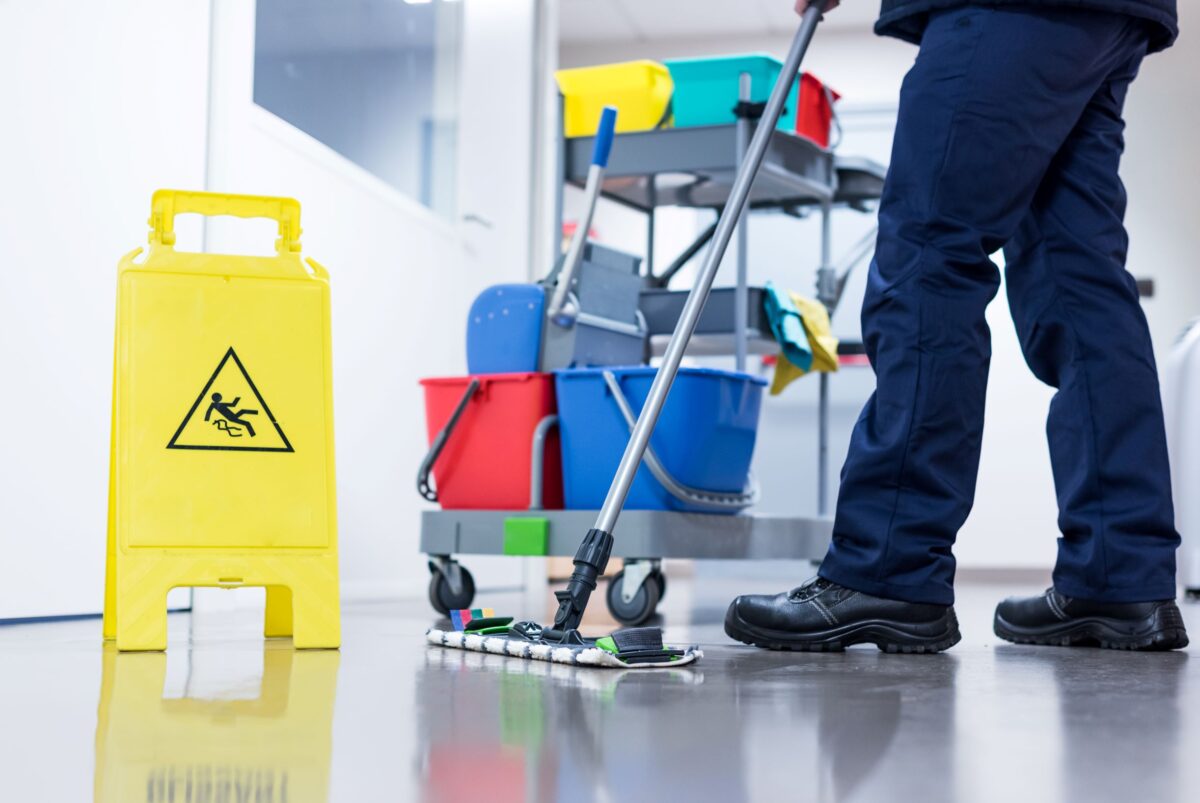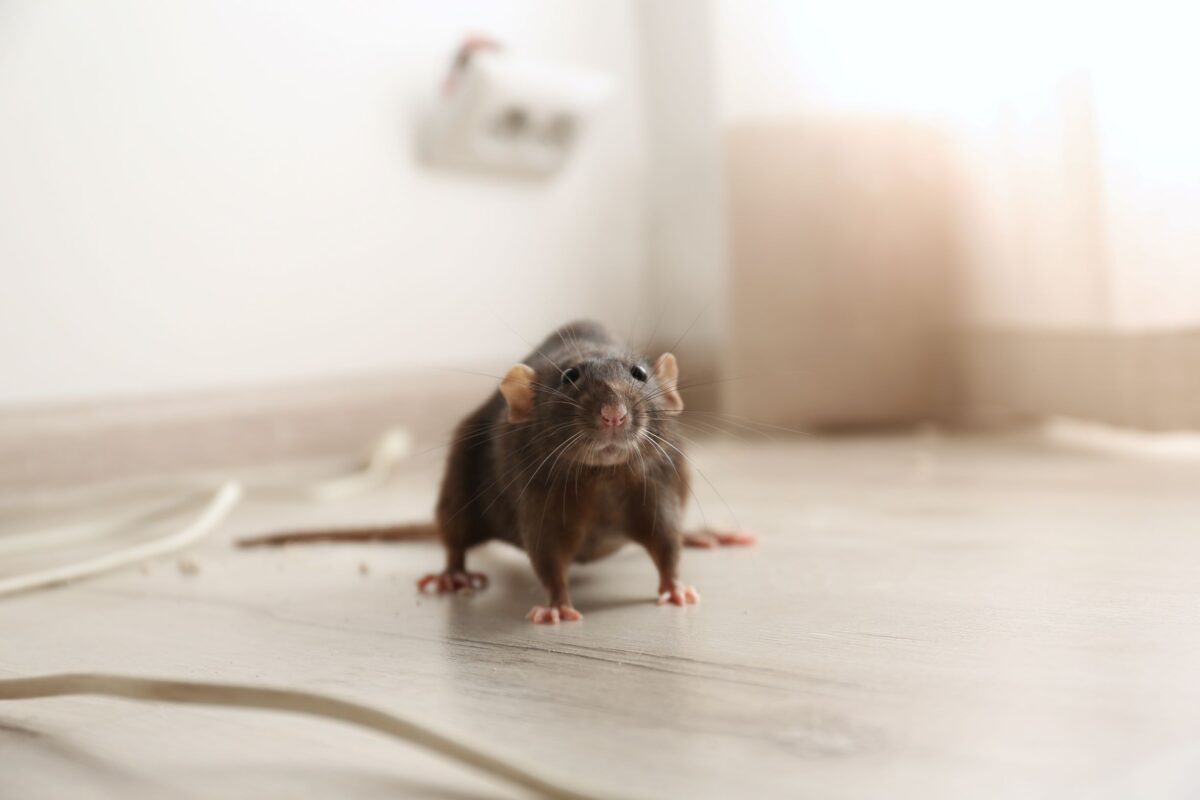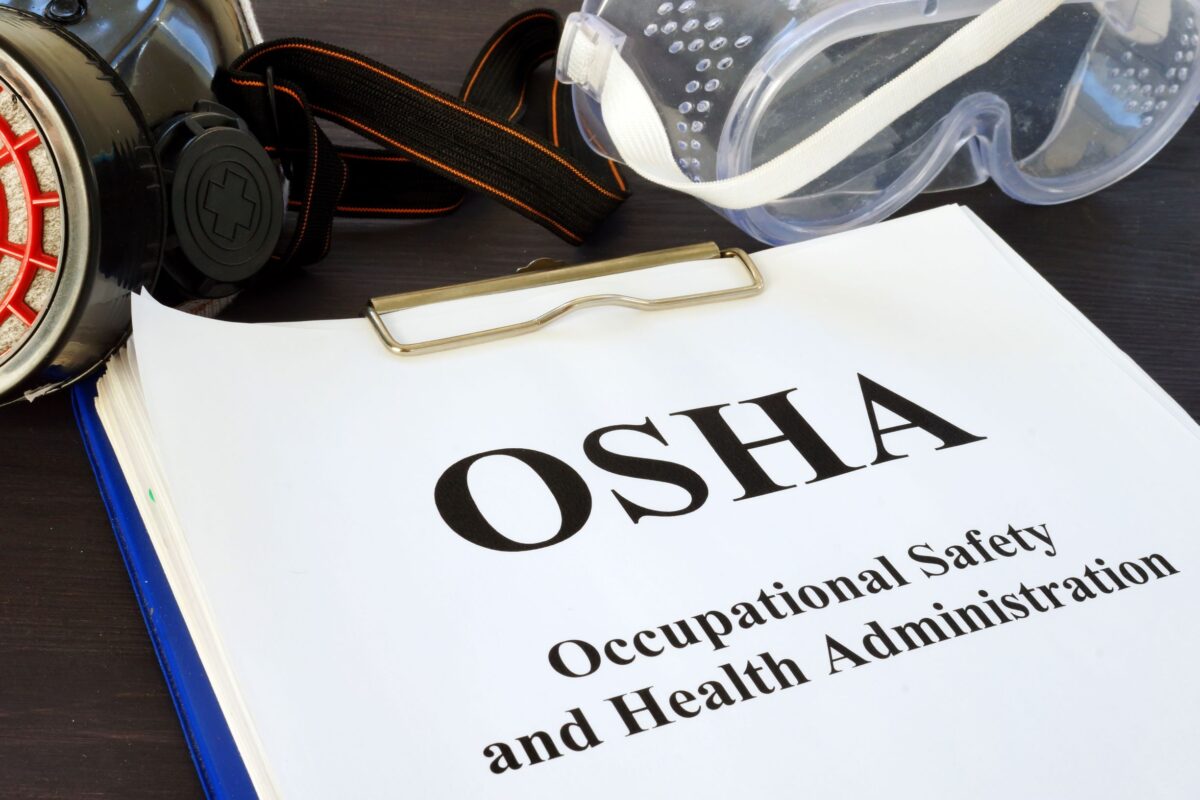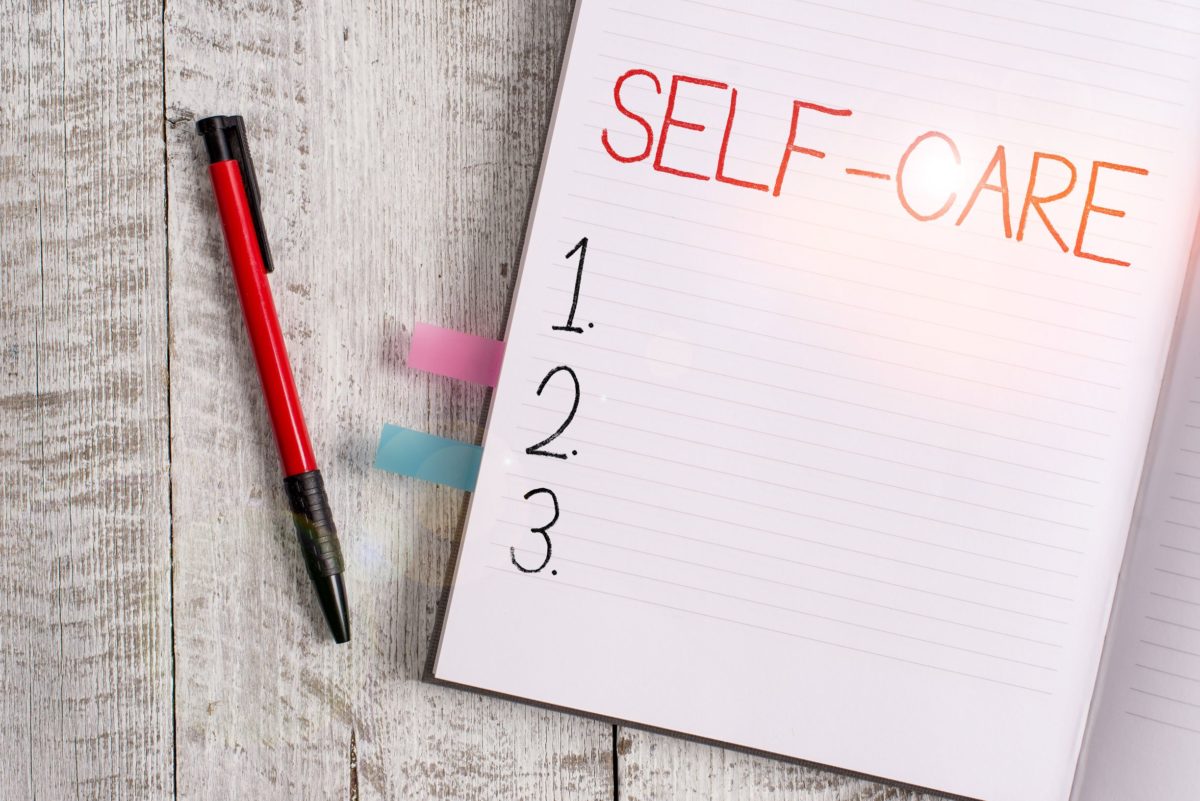The new year is on the horizon and while we get amped for what 2021 has in store let’s take a moment to look back at what we’ve covered this year. There’s been a lot we have gone over, from understanding how clean your gym really is (or isn’t) and disinfecting and making workplaces safe. Let’s take a look!
BIOClean’s 2020 Year End Wrap Up
We started this year with a discussion of the healing potential of pets.
Can a Pet Help with Loss?
While most commonly a dog, an ESA can be any animal, as the name implies. According to the AKC, “the pet needs to be prescribed by a licensed mental health professional to a person with a disabling mental illness. A therapist, psychologist, or psychiatrist must determine that the presence of the animal is needed for the mental health of the patient.”
Next, we took a look at gym sanitation in…
Is Your Gym Really Sanitary?
“Here’s the bad news: there are no standards of cleanliness that all gyms need to meet, no federal codes. If the gym has a sauna, spa, or any sort of cafe, those individual places may have specific inspection guidelines to adhere to but the rest of the space? The machines, free weights, mats, and floors? All of that is up to the diligence of the individual gym and their clients and employees to maintain. There’s a reason gyms frequently have signs asking their members to ‘Wipe down gym equipment after use.’ For many gyms, it seems impossible (or perhaps an afterthought) to call in a committed cleaning crew after the morning or evening rushes.”
Prep for your New Year’s Resolution and Read More Here
After that, March was Meth-Month with two pieces on labs and clean up protocols. You can read those here!
Meth Labs with BIOClean & Meth Lab Clean Up Procedures from BIOClean
And then, it hit. The defining events of 2020 across the world, the COVID pandemic swept across the globe and has affected us ever since. As you can imagine, our blogs reflected that new reality looking to answer the most pressing questions of our readers and customers.
We covered how disinfecting works, the need for dwell time, and how the use and efficacy of ozone and fogging can vary wildly.
Coronavirus, Disinfecting, and You
Read this piece to learn the best practices for preventative precautions.
Reopening Your Business During the COVID-19 Pandemic
“The CDC has released some guidelines in getting businesses back up in running during the midst of the pandemic, so we are here to help spread the word far and wide. The more precautions everyone takes, the better we will be in the months to come! But before you even consider how to open, first you need to determine if your business can reopen.”
Read more about Reopening Your Business here.
COVID-19 and Fogging Efficacy
“Lately, the use of fogging has cropped up as a potential tool in the disinfecting of workspaces. The good news is fogging works! That’s because it is a great part of a longer, 5, or 6 step process. The bad news, lots of businesses are doing just the fogging and not understanding why the entire process is necessary, meaning their fogging procedure isn’t as effective as it should be…”
Read More on Fogging Efficacy Here
A Self-Care Checklist for Coping During a Pandemic
The pandemic is continuing and this list of self-care items is more valuable than ever.
“The stress and anxiety may feel overwhelming now, but there are methods to help reduce these feelings and to take care of your mental health in healthy ways that promote good mental health hygiene. Here are some practices that might be helpful for you in this stressful time…”
We’ll admit, COVID-19 has taken over the year in a big way but as we head into 2021, with vaccines on the horizon, there is a light at the end of the tunnel. Stay safe, be cautious and don’t expose yourself to any unnecessary risks. That includes biohazard cleanups that you’re not trained for!
Have a biohazard situation that needs cleaning? Give the professionals here at the BIOClean Team a call! We’re available 24/7 to help!


